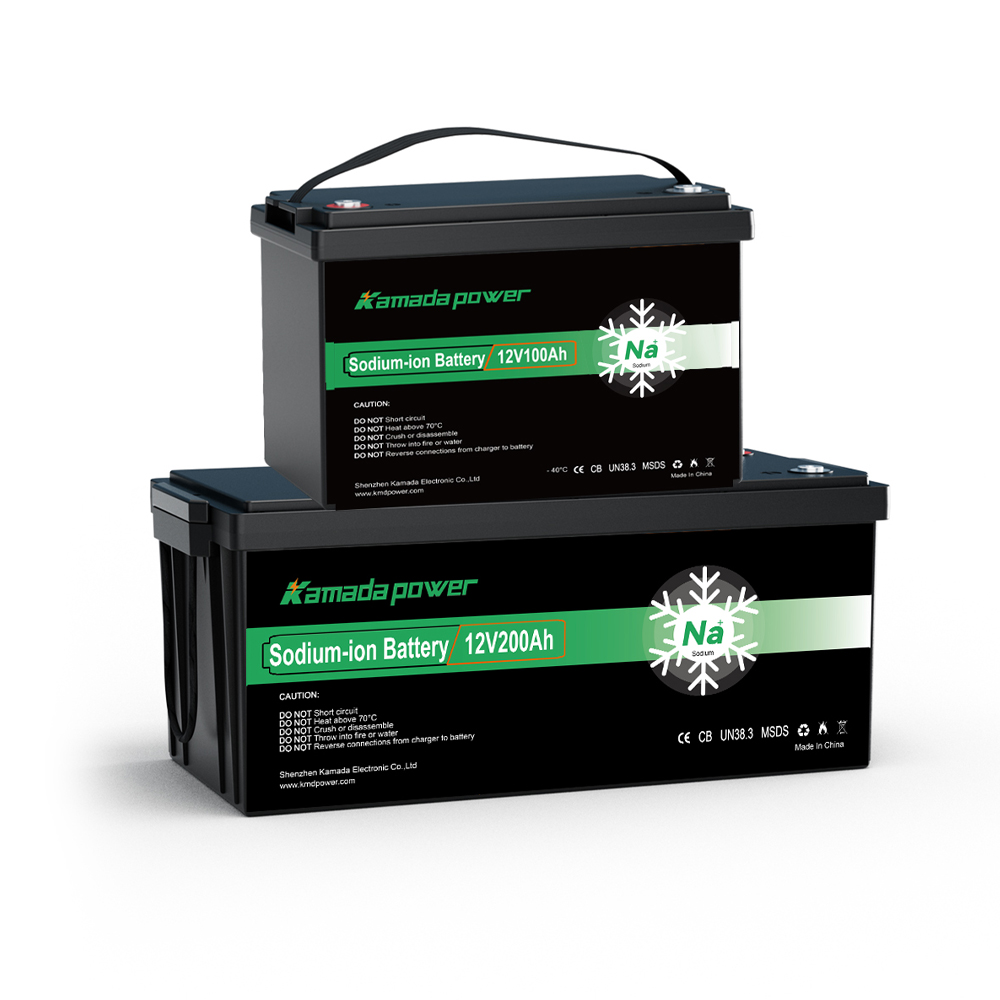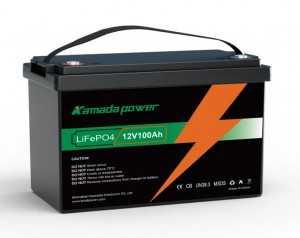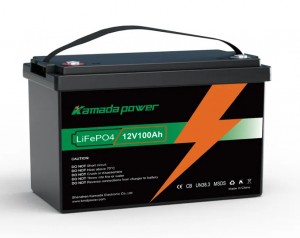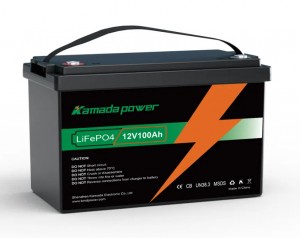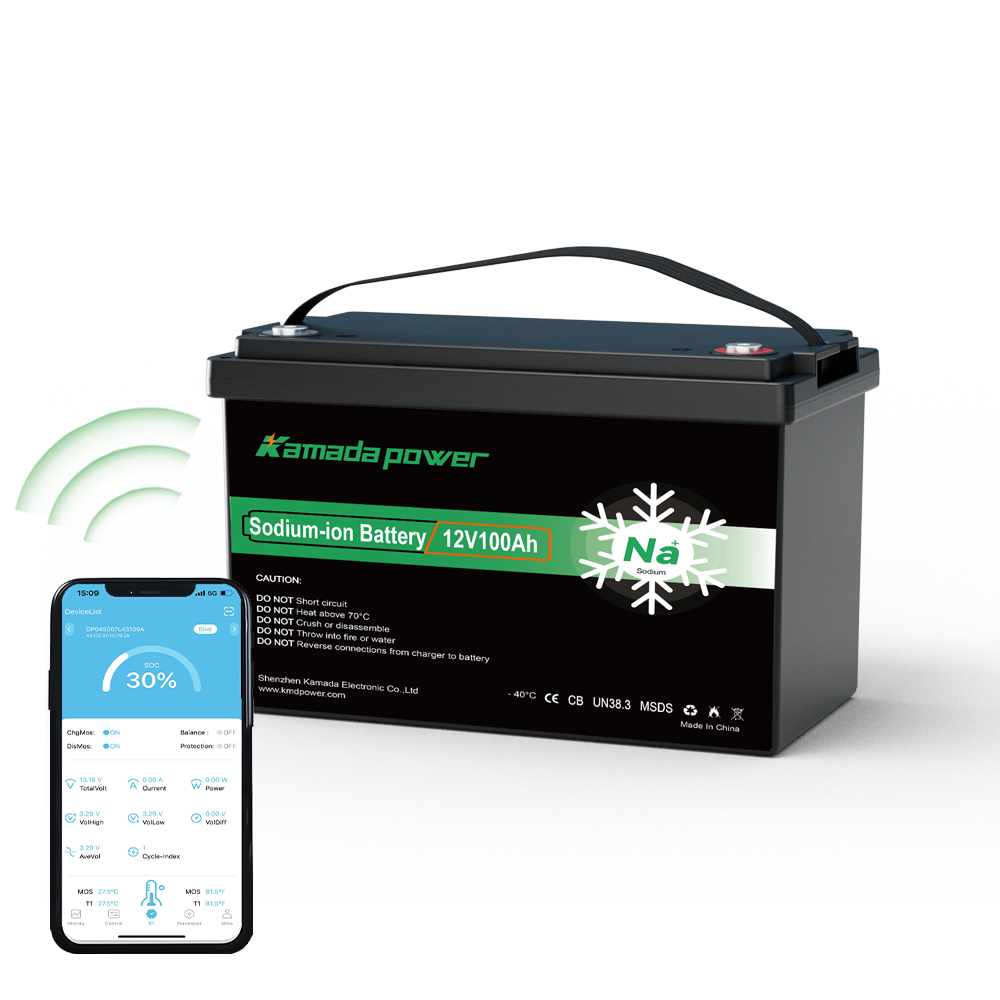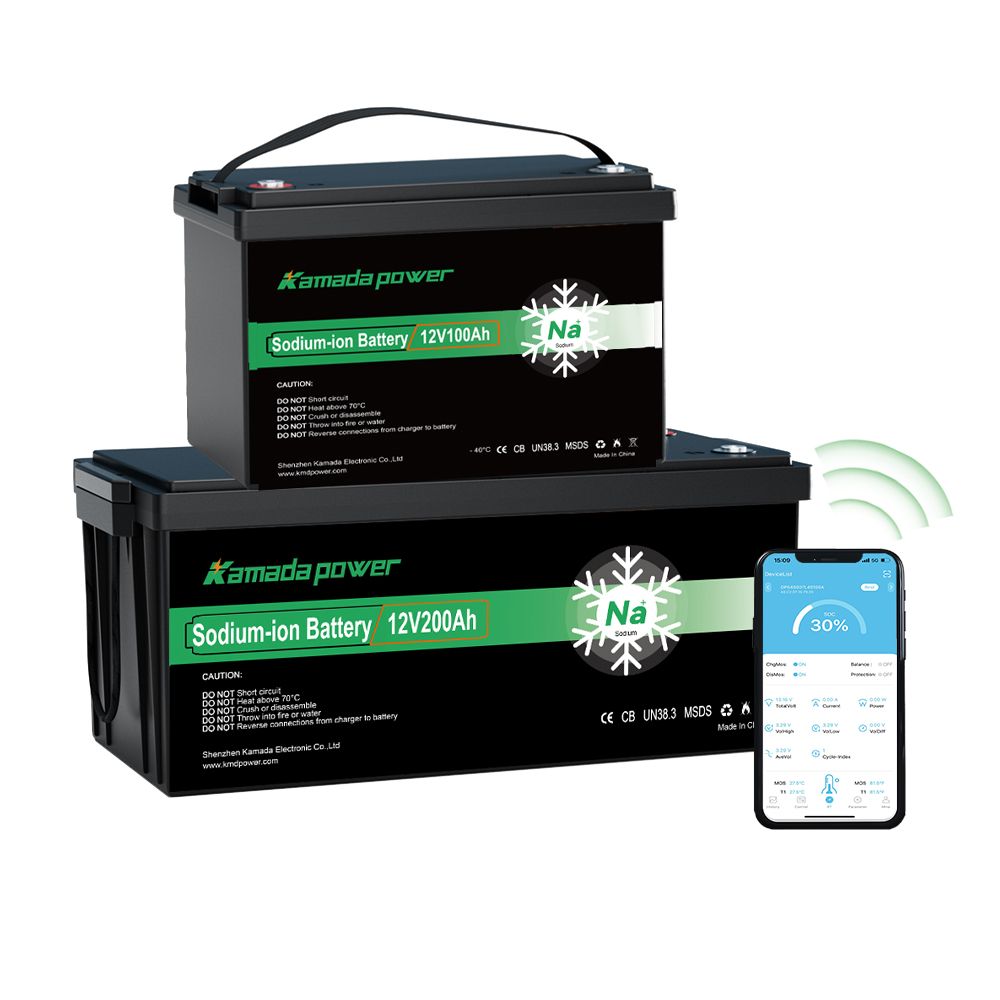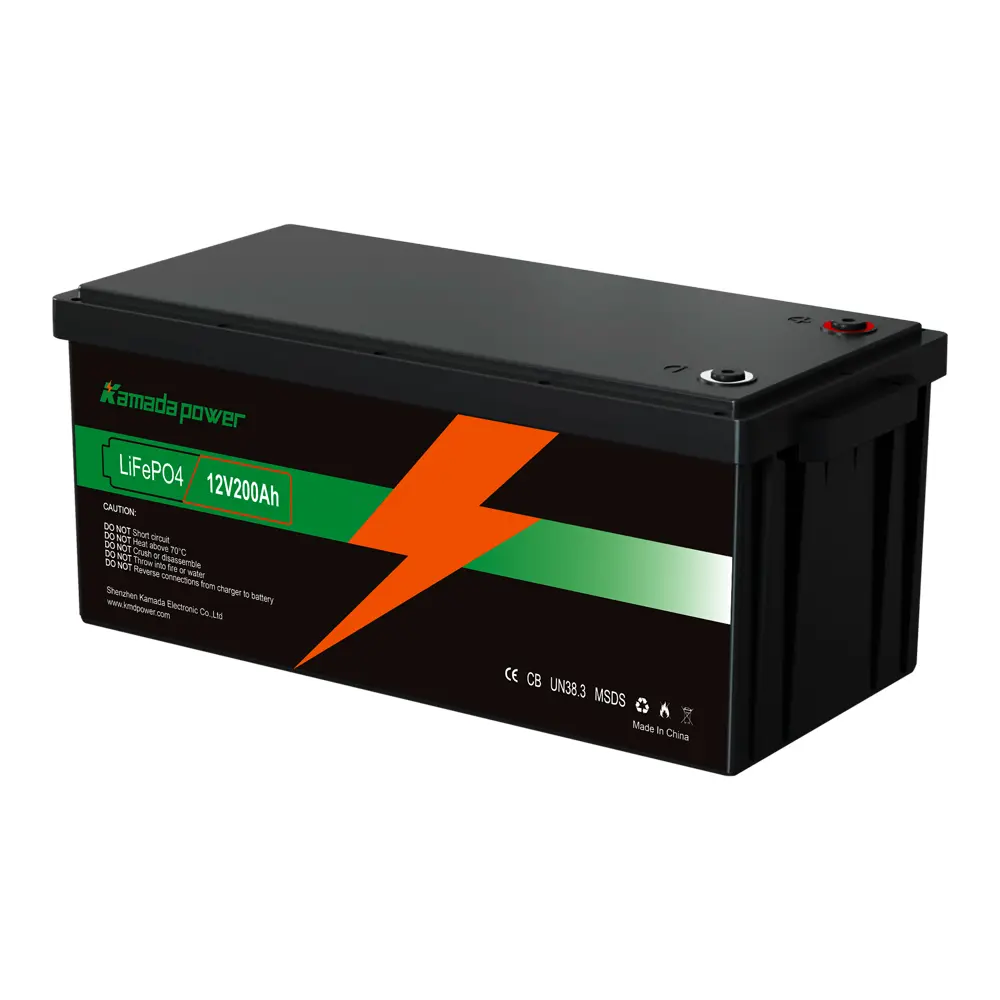How to Calculate Battery Run Time for UPS
How to Calculate Battery Run Time for UPS. The lights flicker. The hum of the server racks dies. For a second, it’s silent. And in that silence, only one question matters: How much time do we have? Knowing your UPS runtime isn’t just another IT metric. It’s the bedrock of your business continuity. A guess can…

